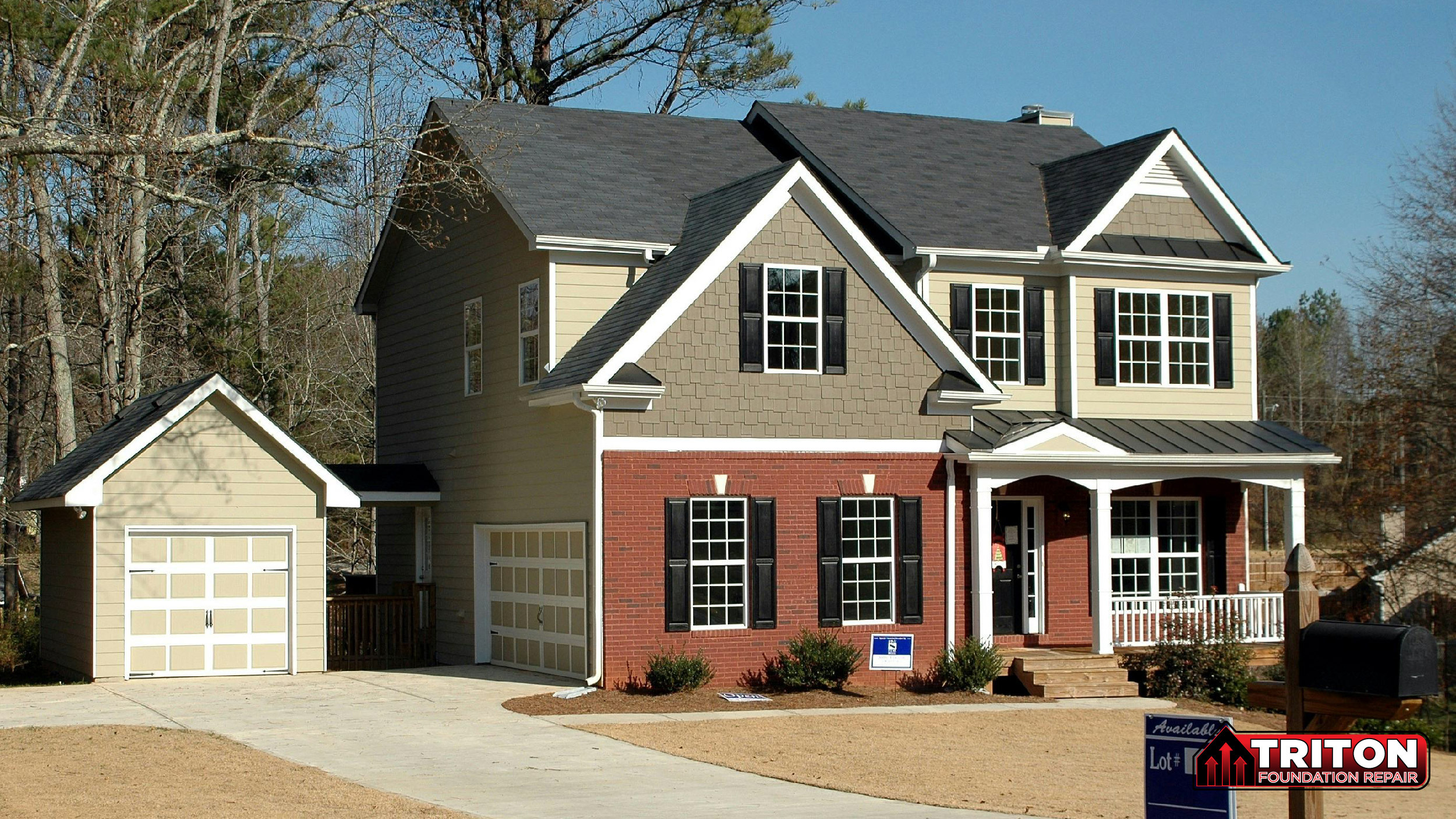Normal Settling or Foundation Trouble? How to Know the Difference

You might not expect your house to shift once construction is complete, but most homes do, at least a little. This natural process, known as settling, occurs as the foundation adjusts to the soil and the materials used in construction respond to their environment. In most cases, settling is completely normal, whether your home was built last year or has been standing for a century.
However, not all settling is the same. Knowing the differences between what’s normal and what may point to foundation trouble can help you stay ahead of potential issues.
What Is House Settling?
House settling refers to the gradual movements that can occur as a home responds to the ground beneath it. It often appears in small ways, such as faint wall cracks or slight unevenness in floors. While these signs are most common in newer homes during the first few years, older homes can also experience settling, especially after significant changes in weather or soil conditions.
These shifts are usually driven by changes in soil stability, moisture levels, or how materials like wood and concrete react to local climate conditions. In most cases, settling happens gradually and evenly, without compromising the home’s structural integrity.
Expected Settling
Settling tends to be normal when changes are minor, stay the same size over time, and don’t lead to other problems. In many cases, small cracks may appear and remain stable, and any shifting slows down within the first few years. If the issues are isolated and no new symptoms develop, you’re most likely seeing your home go through the normal adjustment process.
When To Be Concerned
It’s normal to see a few changes as your home adjusts, but if those changes continue or start to impact how your home functions, it may be time to take a closer look.
You may be dealing with something more serious if:
- Cracks grow wider, change direction, or form repeating patterns (like stair-steps)
- Doors and windows that used to work properly no longer close or latch
- Gaps begin forming where walls meet ceilings, or floors feel noticeably uneven
- New symptoms appear long after the home’s original settling period should have passed
The difference often comes down to persistence and progression. If a minor issue stays small, it’s usually harmless. But if that same issue starts to change or multiply, it could be a sign that your foundation is shifting in ways it shouldn’t.
When in doubt, having a professional take a look can offer clarity and help prevent more costly problems down the line.
When It’s Time to Get a Second Opinion
Even if the signs around your home seem small, it’s worth paying attention to how they change. Catching foundation concerns early can make repairs simpler, cheaper and less disruptive. If you’re unsure whether what you’re seeing is typical settling or something more serious, Triton can help.
Give us a call today to schedule your no-pressure, free evaluation. Our team of trusted experts will take a closer look, walk you through what’s happening and guide you toward the right next steps.
